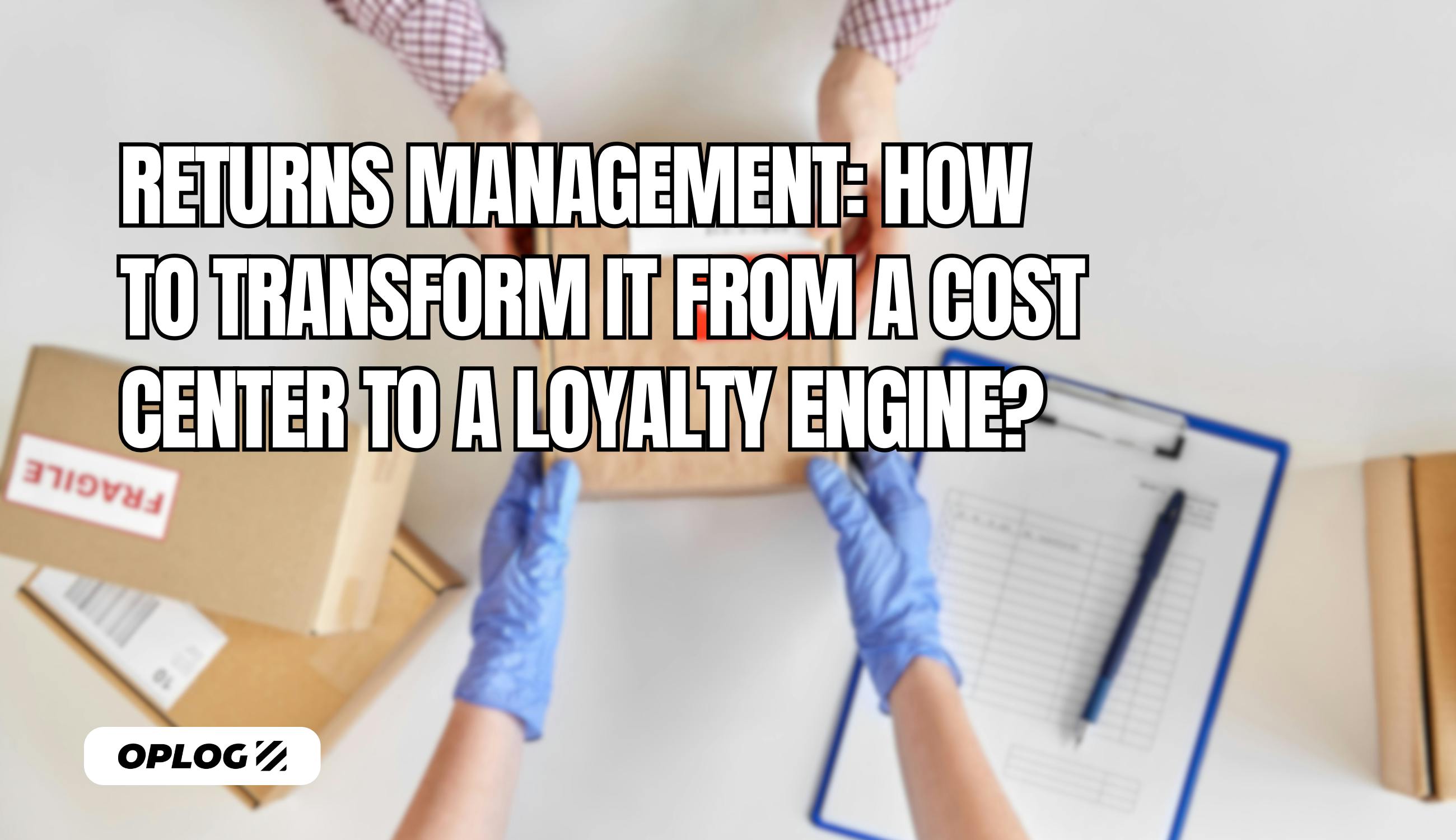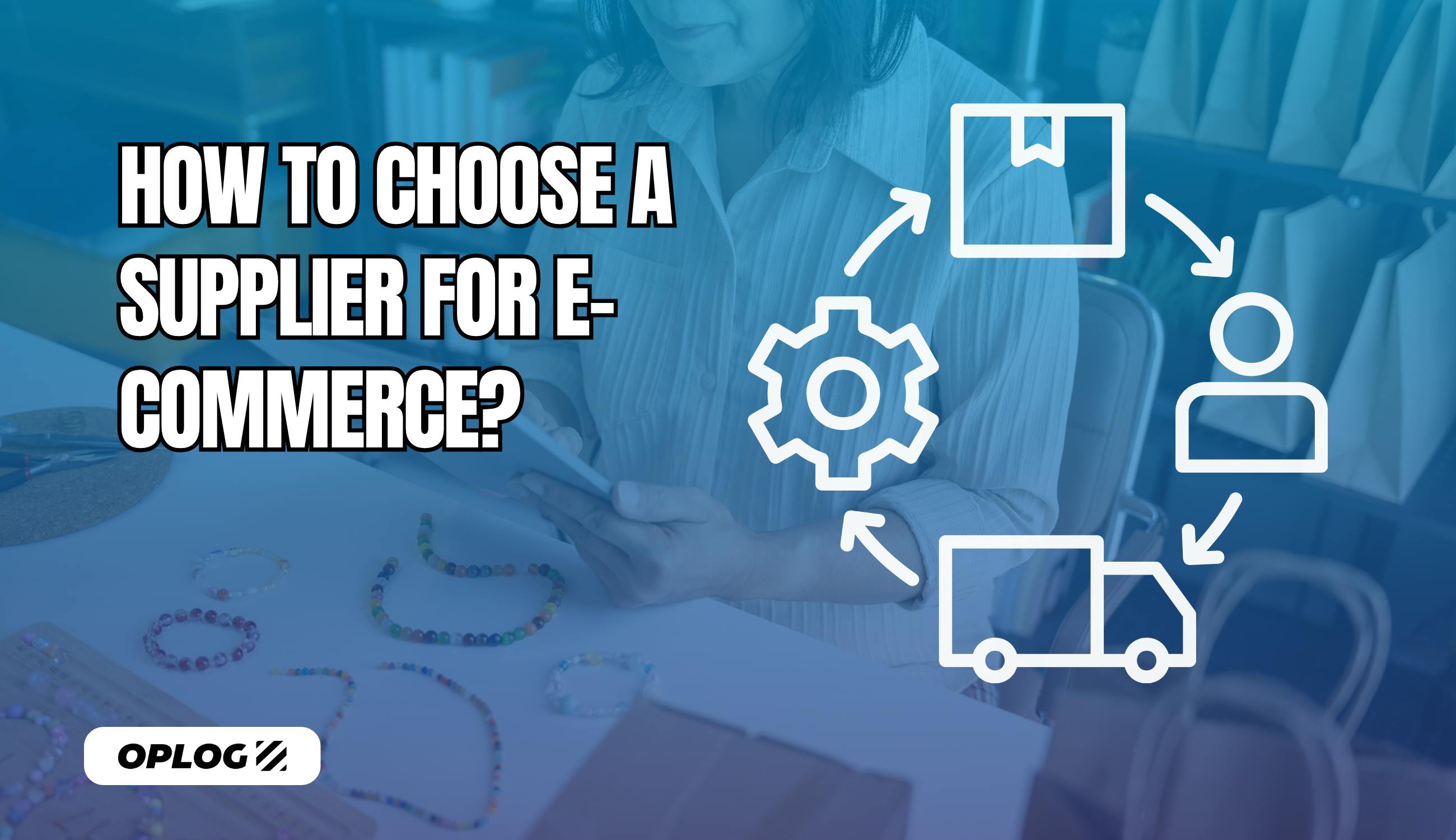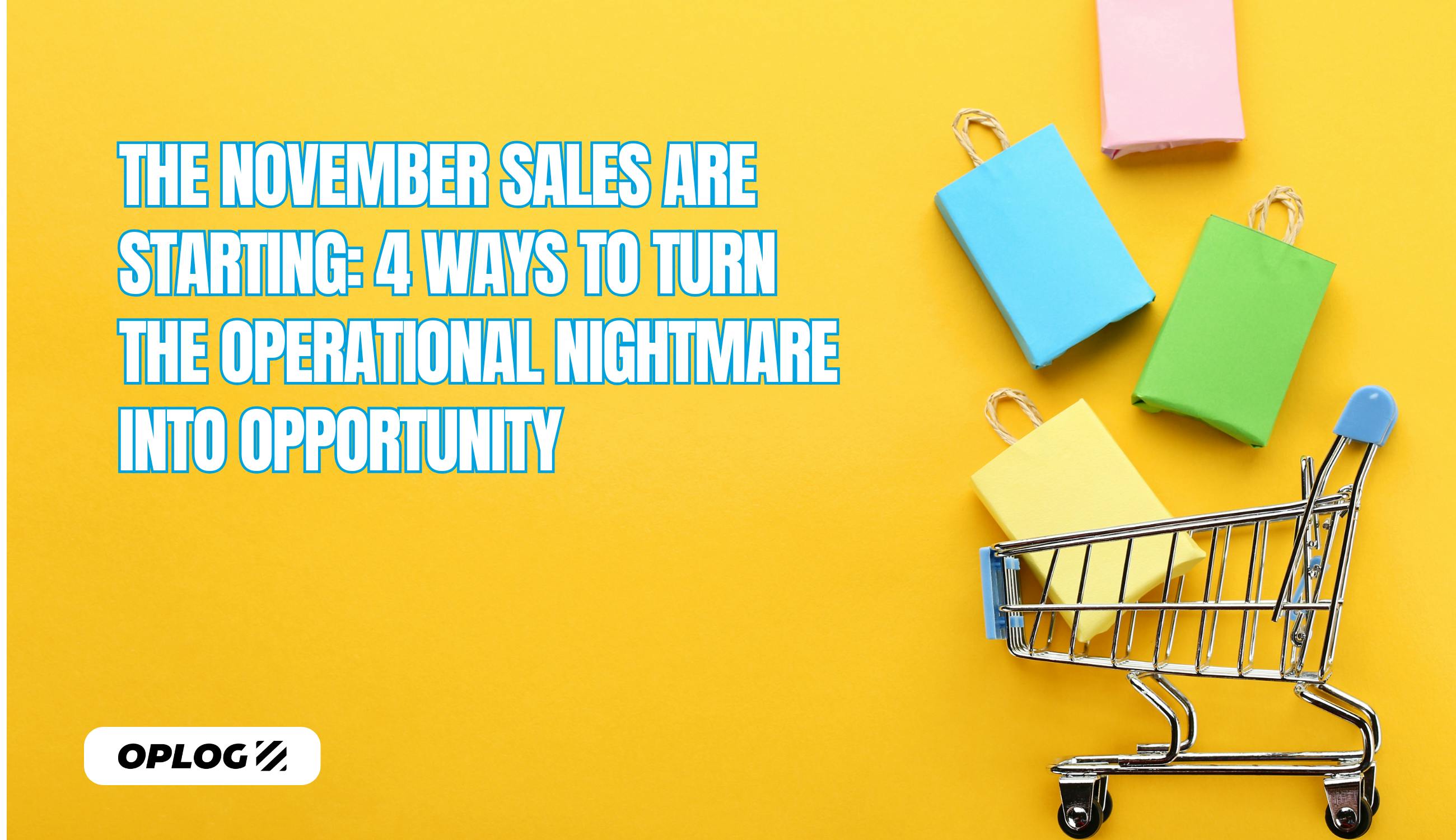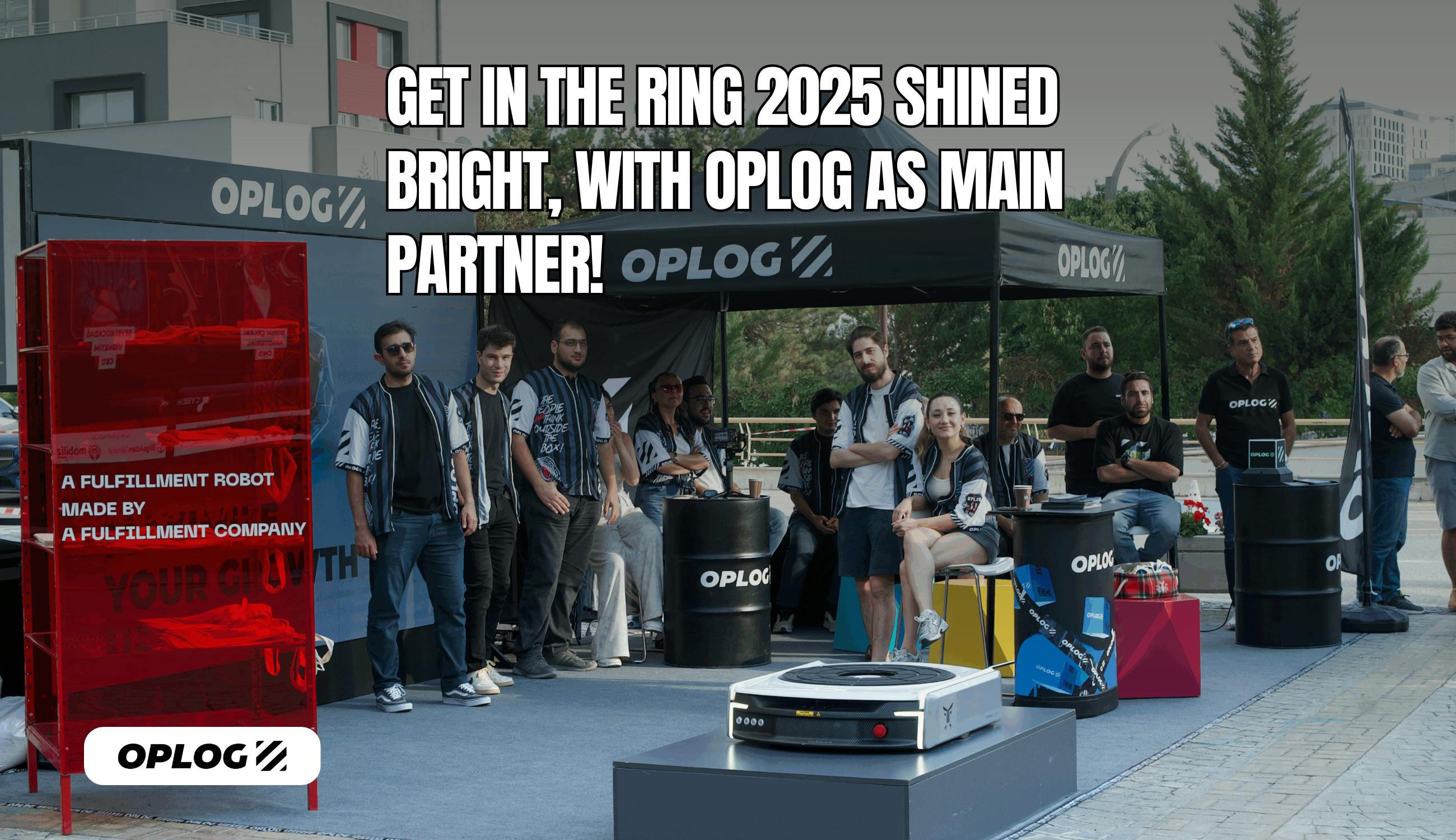The most exciting — and most unforgiving — time of the year is approaching: Shopping Season!
The “Q4” period is no longer about a single day like Black Friday; it has become a months-long marathon that tests the endurance of every e-commerce operation.
Staying profitable in this marathon requires far more than good marketing. Customer expectations have evolved, competition has intensified, and technology has rewritten the rules of the game.
What worked last year may not be enough this year. Success in this season isn’t just about taking orders — it’s about turning every order into a flawless experience.
So, what are your customers expecting? Which trends will define the winners of this season?
By combining insights from leading industry platforms and our own expertise, we’ve analyzed five essential trends that every e-commerce business should keep on its radar this year — and what they mean for your operations.
Buckle up: this season, the line between profitability and chaos is razor-thin.
Trend 1: The “Phygital” Revolution — Where Online and Offline Fully Merge
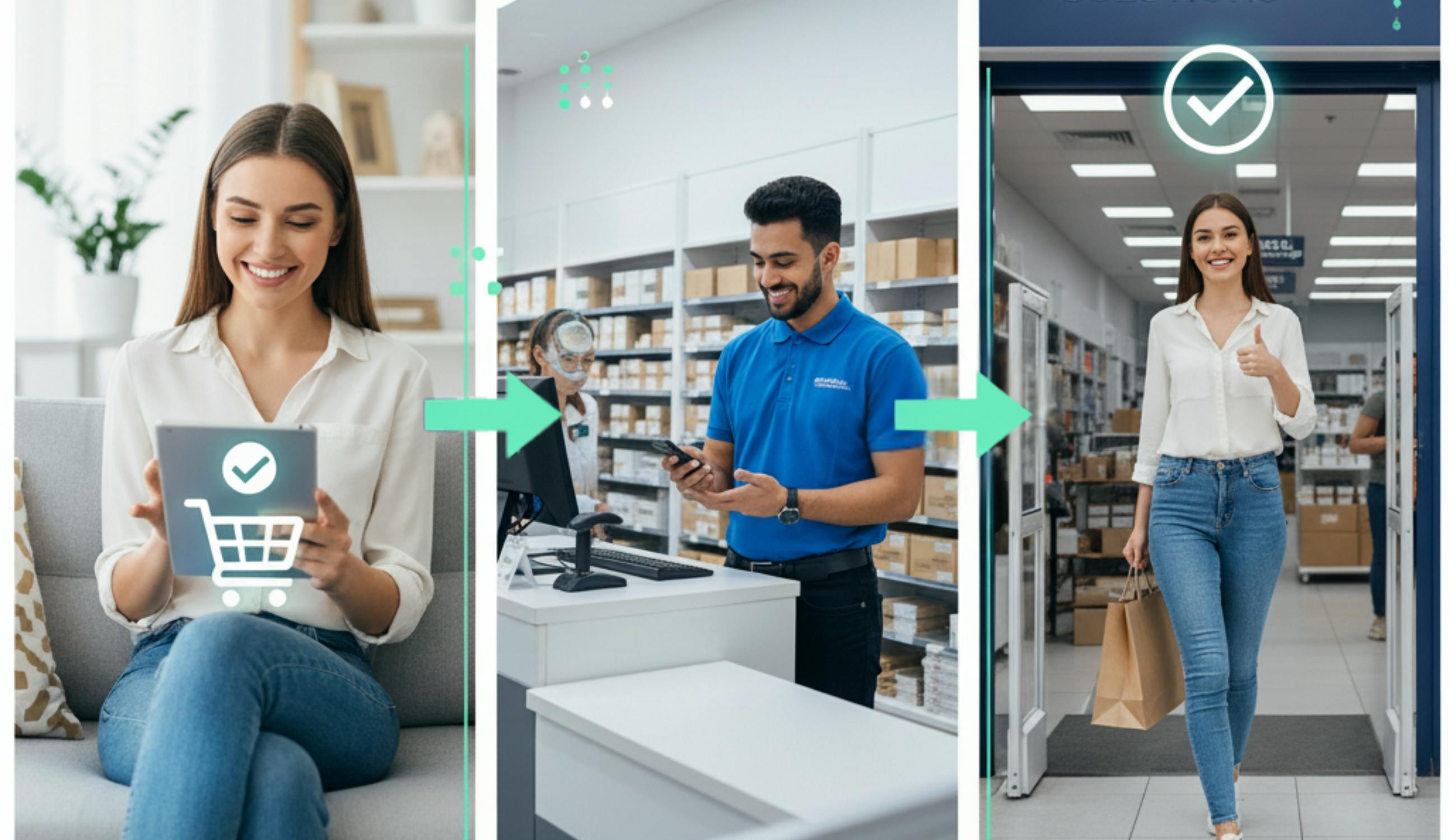
Once, e-commerce and brick-and-mortar retail were separate worlds. Not anymore.
In the “phygital” (physical + digital) era, the customer experience is seamless and unified.
Your customer may discover your product on Instagram, explore it on your website, try it in-store, and complete the purchase through your app — or the other way around.
A recent Infobip study found that 78% of consumers plan to shop through both online and in-store channels this season.
What does this mean for e-commerce?
Omnichannel is no longer optional — it’s essential.
But it’s not just about “selling both online and offline.” True omnichannel means managing all inventory from a single, unified pool.
When a customer selects Buy Online, Pick Up In-Store (BOPIS), the product must actually be there. Reports show that solutions like BOPIS and curbside pickup will be key loyalty drivers in 2025.
The OPLOG Solution:
Your logistics and fulfillment infrastructure must be ready for this phygital reality.
With OPLOG ONE, you can manage your store inventory and e-commerce stock from one platform. This eliminates “out-of-stock” errors and ensures a single source of truth for every order — no matter the sales channel.
Trend 2: Ultra-Personalization and Real-Time Communication

Generic emails like “Get 10% off just for you!” are no longer enough.
Customers want to feel truly seen. According to Infobip, 75% of consumers expect personalized offers, discounts, and recommendations.
And it’s not just about marketing — 73% of customers expect real-time updates on their order status, delivery, and promotions. “Where’s my order?” will remain the number one question this season — and failing to answer it instantly could cost you.
What does this mean for e-commerce?
You must collect and use data intelligently: shopping history, abandoned carts, and preferred communication channels (SMS, WhatsApp, or email).
But the most important communication starts after the purchase. Studies show 59% of carts are abandoned — but customer loyalty is built in the post-purchase experience.
The OPLOG Solution:
True personalization isn’t saying, “Hey X, you forgot that blue sweater.”
It’s saying, “Hey X, your order has been packed and is on its way.”
With OPLOG ONE, brands gain 100% real-time visibility into their orders and inventory. You can give your customers clear, confident updates — not vague guesses.
That transparency builds trust, and trust builds profit.
Trend 3: The “Early & Flexible” Shopping Season
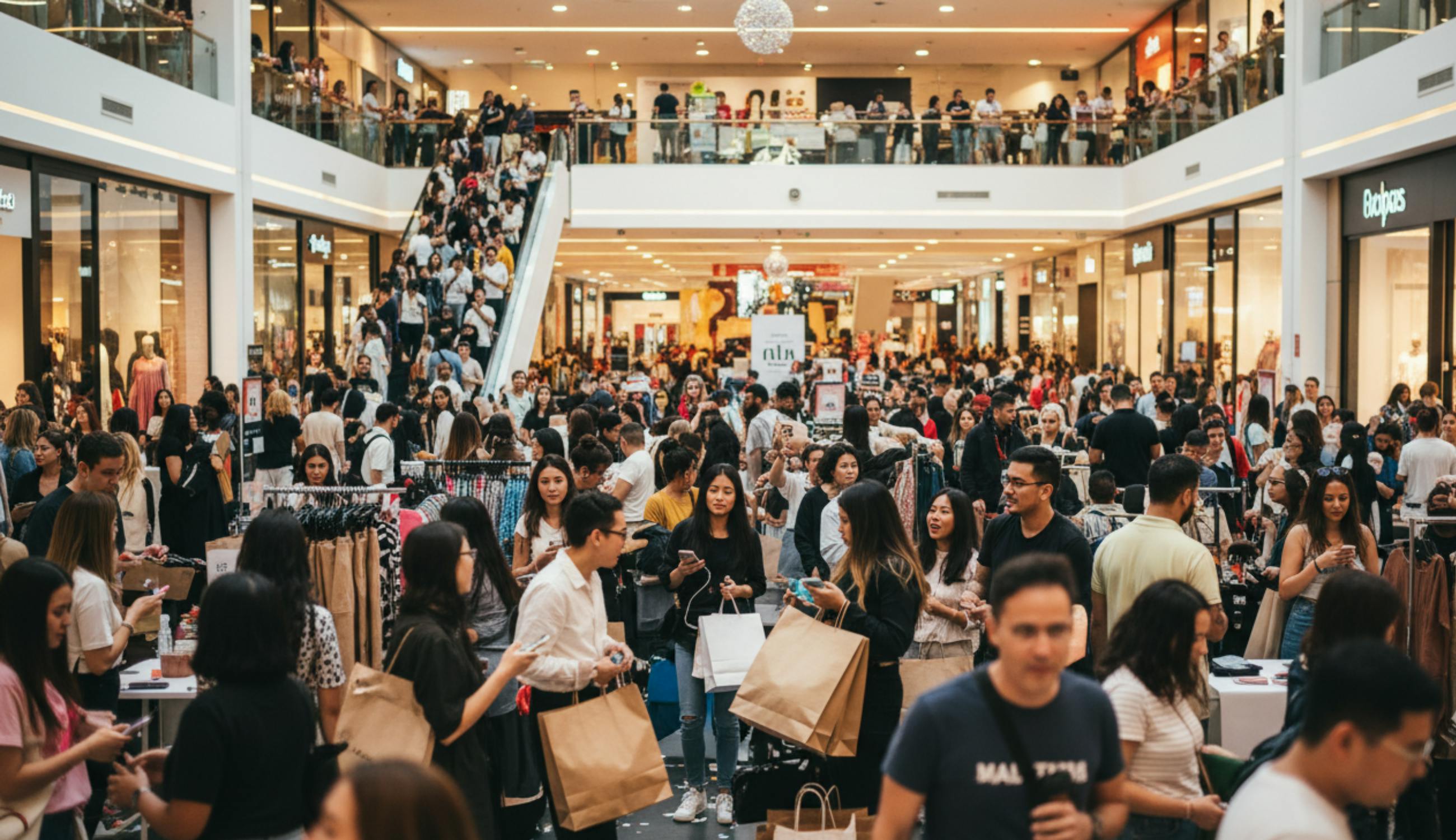
Celerant’s 2025 analysis shows that “Early Bird Shopping” is no longer a trend — it’s the norm.
Consumers now spread their purchases across September and October, rather than waiting for Black Friday or Cyber Monday.
And with rising inflation, Buy Now, Pay Later (BNPL) options are directly influencing purchase decisions and average cart value.
What does this mean for e-commerce?
If you’re waiting until late November to launch promotions, you’re missing out. Spread your campaigns across months and ensure you have the inventory to meet early demand.
Also, offering flexible payment options like BNPL can reduce cart abandonment and boost conversion rates.
The OPLOG Solution:
A longer shopping season can turn into a logistics nightmare.
A warehouse optimized for steady, low volumes can easily collapse under 3–4x seasonal spikes.
Yet maintaining oversized facilities year-round kills profitability.
That’s where OPLOG’s flexible 3PL model — with our True PAYG (Pay-As-You-Go) pricing — comes in.
Your logistics scale effortlessly with your demand: costs rise when you’re busy, and drop when you’re not.
Seasonal surges become profit opportunities, not financial stress.
Trend 4: The Unstoppable Rise of Mobile and Social Commerce

Mobile commerce (m-commerce) and social commerce are booming.
Consumers no longer “plan” to shop — they buy in the moment.
A scroll through Instagram or a TikTok video can turn into an instant purchase with a single tap.
What does this mean for e-commerce?
Your website must be flawlessly mobile-optimized. A slow page or a confusing checkout loses customers in seconds. Even more crucially, your fulfillment system must integrate directly with channels like Instagram Shop and TikTok Store.
The OPLOG Solution:
If you’re still manually transferring social orders into spreadsheets, you’re already behind.
With OPLOG ONE, all your sales channels — websites, marketplaces, and social platforms — sync automatically into one dashboard, where every order is processed with the same precision and speed.
That’s how you bring order to omnichannel chaos.
Trend 5: The “Seamless Returns” Experience as a Purchase Decider
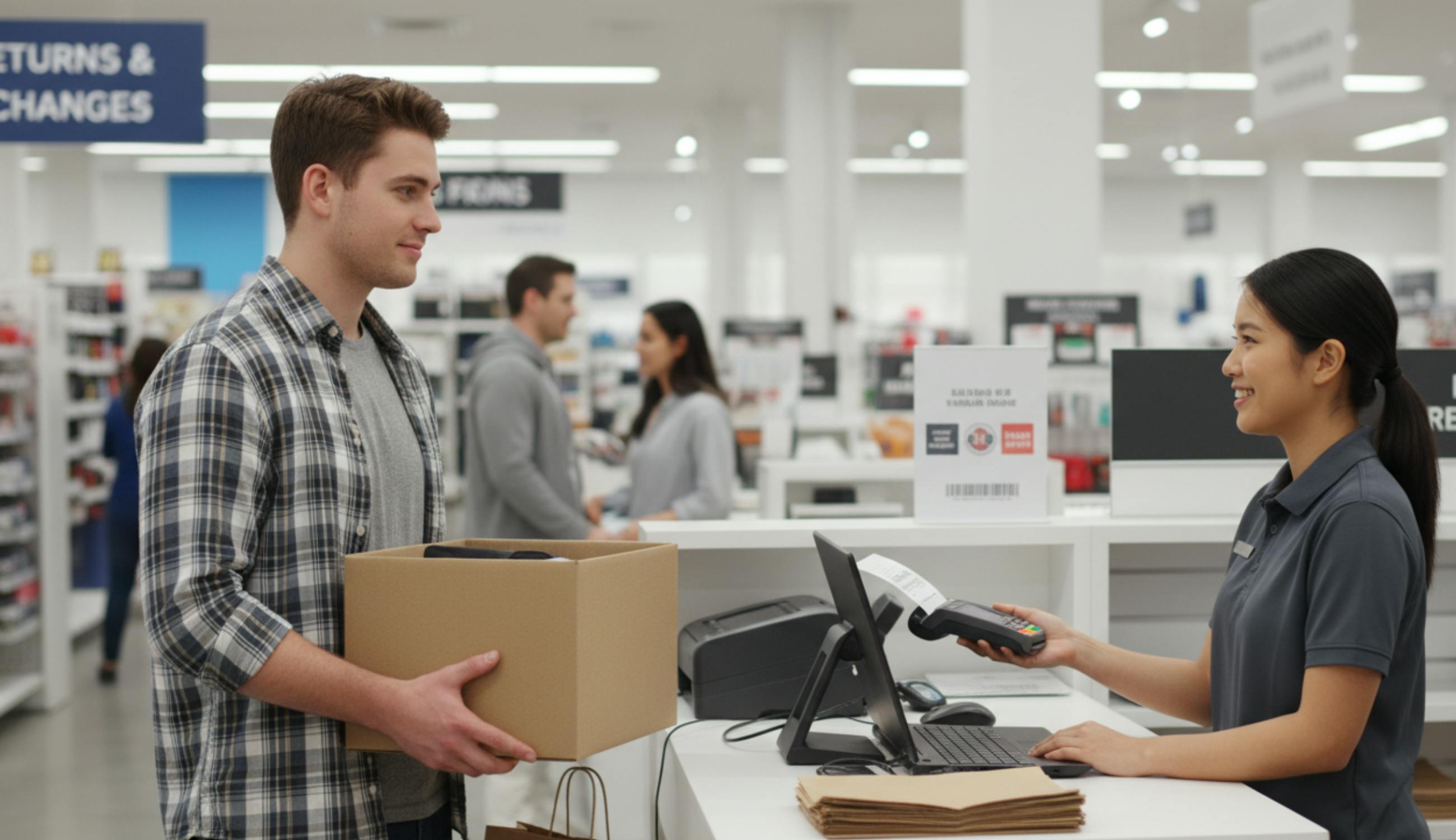
Finally, the biggest factor influencing purchase decisions: returns.
Celerant’s report shows that an easy returns process is now a top purchase criterion for customers.
If returns are slow, costly, or complicated, you’re not just losing one buyer — you’re losing their entire network.
What does this mean for e-commerce?
Reverse logistics can no longer be treated as a “cost center.”
Handled well, returns are a loyalty-building, profit-boosting opportunity.
The speed at which a returned item is inspected, approved, and restocked determines how fast it sells again. Every day a product sits in a corner waiting to be processed is lost revenue.
The OPLOG Solution:
At OPLOG, we’ve mastered returns — especially in high-return sectors like footwear and fashion.
Our technology tracks every step of the process in real time: once the item reaches our warehouse, it’s inspected, approved, and instantly restocked across all your sales channels.
You recover your cash flow faster, and your customers get prompt refunds — strengthening trust and repeat business.
Conclusion: This Season, Operations Will Outperform Trends
As you can see, every 2025 trend — phygital experiences, personalization, early demand, social commerce, and returns— all point to one thing:
Flawless, fast, and flexible logistics.
This season, the winners won’t be the brands that advertise the most — but those that deliver the best experience.
Not those with the lowest prices — but those with the most reliable fulfillment.
Your job as a brand is to spot trends, create great products, and reach customers.
Our job at OPLOG is to handle the complex logistics behind the scenes — with robotics, smart fulfillment technology, and a scalable 3PL model — so you can focus on growth.
Ready to make this shopping season your most profitable one yet?
Meet OPLOG today.


